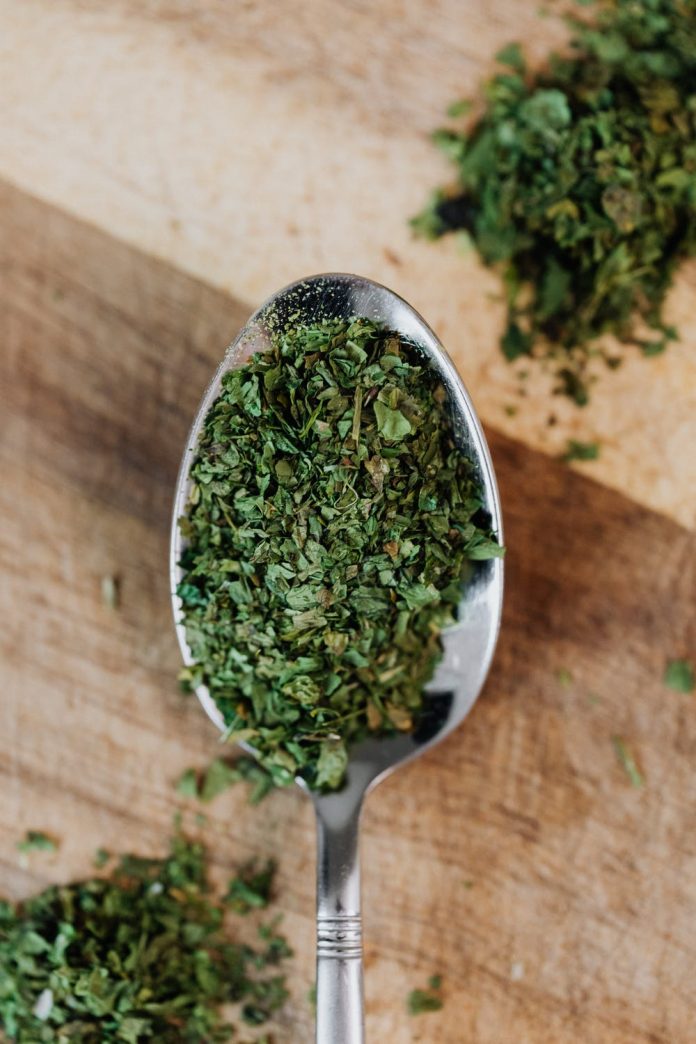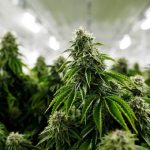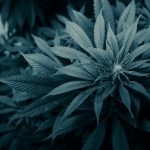Januart 15, (CANNABISTECH) New research could open a world of opportunities for cannabinoids in food production.
Keeping food products fresh and healthy is always a top priority in consumer packaged goods, especially the natural and highly perishable kinds. Many products already have several additives and preservatives, some of which we’ve learned are undesirable. In fact, many individuals can’t ingest the many chemicals used in food preservation, hence the need for more natural alternatives.
Researchers at the University of South Florida seem to have found a solution to this dilemma. A study published in Postharvest Biology and Technology described a team of researchers’ efforts in testing the preservation potentials of CBD oil on strawberries. The result showed that CBD oil extends the fruit’s shelf-life, inhibiting yeast, mold growth, and microbial load. But how can CBD oil perform all these functions?
CBD’S PATENTED PROPERTIES
The active compound in this oil is Cannabidiol: a phytocannabinoid of the cannabis plant with increasing popularity in the consumer goods sector. In its oil form, CBD is now being used in several products, from tinctures to a wide range of cosmetics. The compound is even popular among pet owners looking to help their pets live healthier lives.
However, just as we have two primary forms of cannabis, there are also two types of cannabis oil: hemp seed oil and CBD oil. The difference lies in the source of the oil. While CBD oil is extracted from the flowers, leaves, and stalks of the hemp plant, the hemp seed oil is pressed from the seed.
This distinction is further sub-divided into the hemp-derived CBD oil and the marijuana-derived CBD oil. Here, the latter contains more THC (the active psychoactive compound in cannabis) than the former and is thus less circulated, especially in states where THC is still banned or under strict regulations.
Generally speaking, CBD is often touted as a functional remedy for several ailments, particularly its oil, which allows for more application versatility. Its potential ability to combat illnesses stems from its antimicrobial and antioxidant properties, which have been patented by the US Government. These properties have made it desirable in the food industry, especially where it is put in edibles and other ingestible cannabinoid-infused products.
APPARENT POTENTIALS
The study involved applying CBD oil to strawberries post-harvesting and storing at 1°c and 10°c for eight days yielded fruitful results. They observed that the strawberries with CBD oil had a more pleasant visual appearance and a lighter microbial load than the non-CBD ones.
Per the study, researchers suggest CBD’s antioxidant property allows it to reverse the oxidizing effects of spoilage bacteria, lessening the microbial load on the fruit.
Since this spoilage process is similar to most natural products, this may proffer some headway in the quest for practical preservation of agricultural produce. However, there remain several factors inhibiting the full progression of this discovery.
EXISTING BARRIERS
As we have covered earlier, CBD oil is obtainable in two forms. Though the compound is freely distributed, its source is often a determining factor in its distribution regulation.
In December 2018, the Agriculture Improvement Act of 2018 (also known as the Farm Bill) permitted using CBD from hemp as long as it contains less than 0.3% of THC content. However, this policy comes with numerous accompanying sets of rules, plus state rules and regulations. Thankfully, the FDA is planning on taking steps to offer more clarity on CBD use and its inclusion in food products.
While this is still underway, how can CBD oils be purchased without legal risks? The following are some factors to look out for before restocking:
- Certificate of Analysis (COA): It displays independent lab testing results. This feature also provides extra details like possible contaminants and percentage content.
- Origin of the hemp used: To ensure the source plant is grown in the resident country and meets its standards.
- Testing methodologies: This should be according to the “ISO 17025” standards and be fully on-display via the COA.
- Potency: The amount of CBD and THC contained should be listed by dose and in total on the COA, as well.
Now rounding off, it appears cannabis is at it again: proffering a solution to another one of humanity’s many problems. Really, how can a gem like this remain yet mostly unexplored? This discovery gives us hope for the future. Maybe a bill permitting total exploitation of the plant will be passed soon, allowing us to fully harness its unique potentials.







